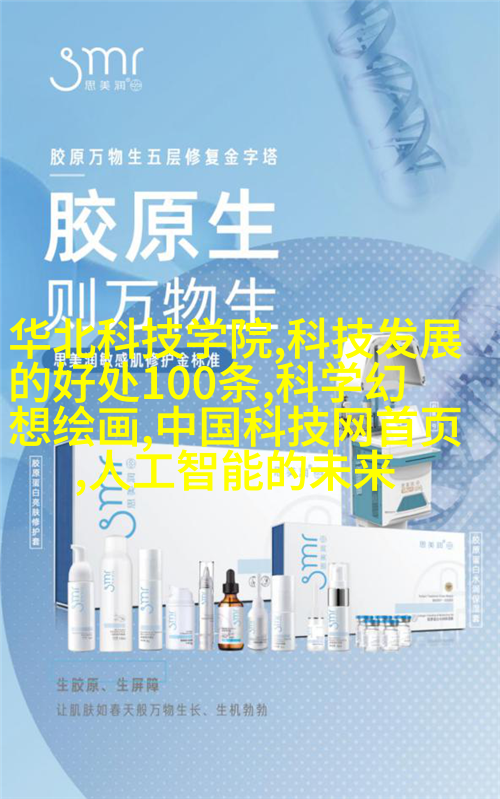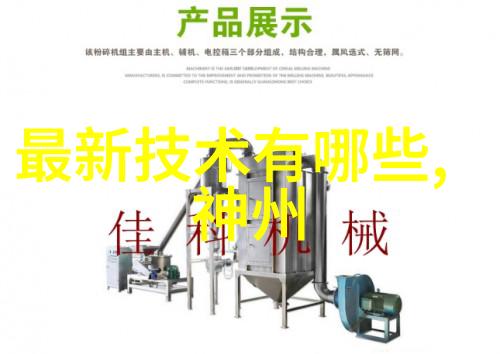医院净水设备在医疗环境中的应用与挑战研究
一、引言

医院净水设备作为确保患者安全和健康的关键设施,其重要性不容忽视。然而,随着人口老龄化和慢性疾病的增加,医院净水系统面临着越来越高的技术要求和挑战。本文旨在探讨医院净水设备在医疗环境中的应用及其面临的问题。
二、医院净水设备概述

医院中使用的净水设备主要包括反渗透(RO)系统、大气压力超滤(UF)系统以及离子交换(IX)系统等。这些装置能够有效去除悬浮物、细菌、病毒以及重金属等污染物,从而为医护人员提供清洁纯净的饮用水。
三、医院净水设备在医疗环境中的应用

1.2.1 医院消防预案与备用供给体系
hospitals must have a comprehensive fire emergency plan in place, which includes the use of backup water sources and purification systems to ensure that medical staff can continue to provide care during emergencies.

3.2 水质监测与质量控制
Regular monitoring and quality control are essential for maintaining the effectiveness of hospital water treatment systems. This includes regular testing for contaminants such as bacteria, viruses, and heavy metals, as well as periodic maintenance checks on equipment.

4.3 医疗器械与手术室需求
In addition to providing clean drinking water for patients and staff, hospitals also require purified water for various medical devices such as dialysis machines and surgical equipment.
5.4 环境保护与可持续发展考虑
As concerns about environmental sustainability grow, hospitals are increasingly looking at ways to reduce their carbon footprint when it comes to water treatment systems.
6.5 新兴技术:纳米材料及生物膜技术
Recent advances in nanotechnology have led to the development of new materials that can be used in hospital water treatment systems. These materials offer improved efficiency and effectiveness compared with traditional methods.
7.6 个人保护装备:防护面具及手套等。
Personal protective equipment (PPE) is an important part of infection prevention strategies in healthcare settings.
8-9 hospitalized patients who tested positive for COVID-19 were found not wearing PPE correctly or consistently during aerosol-generating procedures.
10 The correct use of PPE has been shown to significantly reduce transmission rates between healthcare workers (HCWs) themselves.
11 Infection control practices should emphasize proper hand hygiene techniques before donning gloves; after touching any surfaces; after removing gloves; after blowing nose, coughing or sneezing; before eating food; immediately upon returning from contact with patient secretions or bodily fluids;
12 After contact with body fluids on clothing or skin;
13 After handling soiled items including linen laundry;
14 Before putting on gown if hands are not already clean;
10-15 If hands become contaminated while caring for a patient:
16 Wash your hands thoroughly with soap under running tap then rinse off all soap residue before drying them completely using paper towel,
17 Use alcohol-based hand sanitizer if soap &ampampaquo;water unavailable,
18 Wear disposable gloves over gown if necessary but remove glove once done handling item,
19 By following these steps you will be able protect yourself from getting infected by germs like coronavirus which spreads easily through touch!
20 Hospitals need access reliable supply pure drinking H2O without contamination risk due high demand within premises otherwise they could face serious complications affecting health safety standards leading potentially dangerous consequences!



